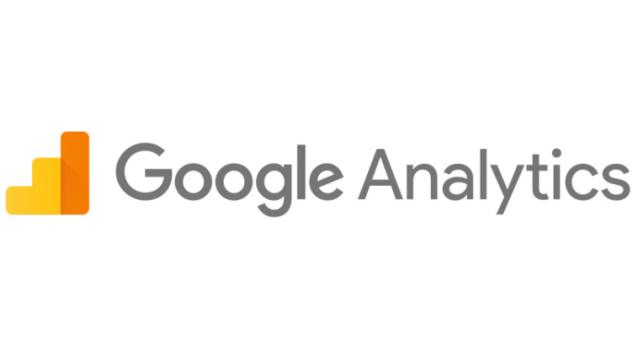blog
Google Analytics Updates—What They Are and How to Activate Them

We've previously talked about marketing KPIs because tracking performance is necessary to judge your business's health, growth areas, and problem areas. A popular way to do that is Google Analytics, a free website performance dashboard that recently underwent two major upgrades.
Gtag.js
What is it
Google Analytics connects to your website via a snippet of code, called a “tag”, which is added to a website’s front-end code. As Google Analytics has evolved over the years, the Analytics tag has also changed. The previous tag is named analytics.js, which you will still see on many websites if you view the source code via your browser.
The new tag, Gtag.js, is an upgrade to Google's dynamic tagging system, which connects to multiple Google products, not just Google Analytics, reducing the time needed to configure tags for different tools. There are other benefits to gtag.js. It bundles tags, so instead of having five on your site for different Google Analytics and Google Ad tracking needs, you have one. Fewer tags can lead to a faster website, meaning upgrading to gtag.js can help you in multiple ways.
How Do I Get It
To upgrade to gtag.js you can replace the analytics.js tag on your website by adding it to the code. You may need a web developmer to help you with this. Alternatively, Google Tag Manager (GTM), a Google product that allows you to manage all your website tags without editing code, has gtag.js built in. Adding Tag Manager to your site will allow you to easily any tag, including gtag.js, to your site, without needing a developer to add them for you.
Google Analytics 4
What is it
Google also released a new version of Analytics itself, known as Google Analytics 4, or GA4. It comes with new features and an upgrade to the dynamic tag Google Analytics uses to collect data. Google Analytics 4 is less of an upgrade and more of a complete redo of the Analytics platform. Upgrading to 4 doesn’t replace your current Analytics account, but launches a new account with zero historical data. You can run both Analytics 3 (for historical data) and 4 in parallel, to take advantage of the features.
One of the biggest advantages of using GA4 has it's privacy-first outlook. Cookies are disappearing, even as corporations and governments are increasing regulations on personally identifiable information (PII). In anticipation of this, GA4 was designed to work with or without cookies. It also anonymizes data to ensure visitors' privacy is respected and PII regulations are followed, while still enabling you to track your website's performance.
GA4 also has improved machine learning capabilities. Not only does gtag.js give GA4 access to more data, but GA4 creates models based on that data to guide insights and track performance. With this update, Google Analytics identifies trends to guide business actions. Examples include identifying recently popular items and audience revenue prediction.
How do I get it
If you set up a brand-new Google Analytics property, you'll be getting the new version.
If you already have Google Analytics, follow the steps below:
- On the admin screen in the property column, there'll be an option that says "Upgrade to GA4". Click it.
- A property creation wizard will pop up. Here you will have the option to import existing tags or start fresh without any tags.
- Next, the wizard will take you to a new page, upon which you'll see "Tag Installation". Click into this and you'll find the Global Site Tag (gtag.js).
If you'd like a video guide, we suggest this one.
Avatar New York Web Design is an award-winning, web design and development company specializing in website design, custom development, digital marketing, and managed web hosting.